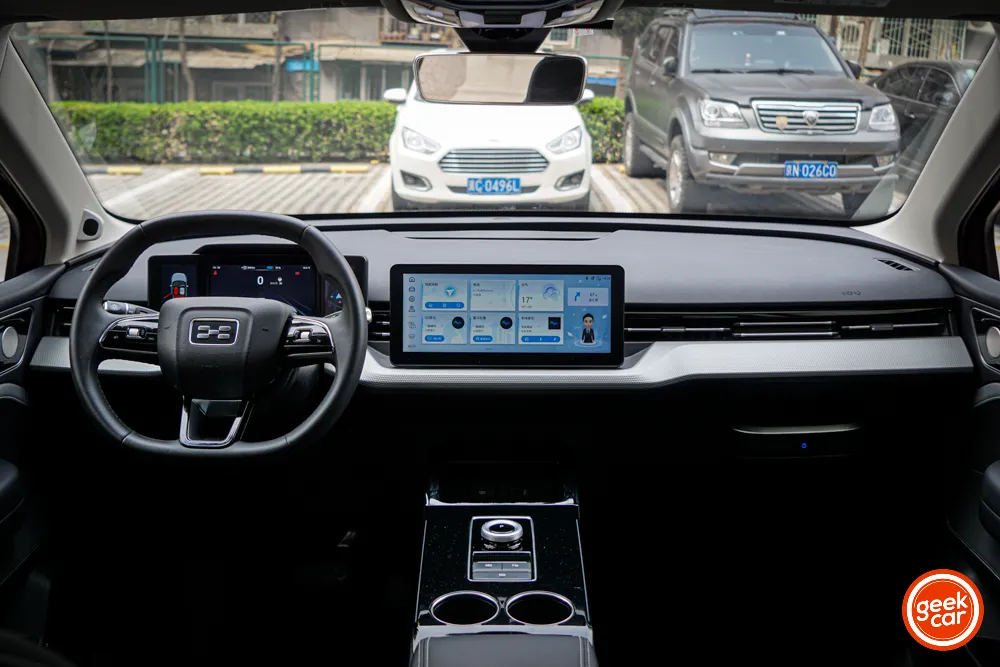Author: Small, twin-turbocharged guy
In the era of smart cars, intelligent cabins and driving have undoubtedly become the focus of OEMs’ vigorous efforts. Among them, products of new forces can definitely be called the main force.
As the first Chinese automaker to enter the overseas market, AIWAYS’ first model, AIWAYS U5, has demonstrated how well its intelligent cabin performs. Today, we will talk about the experience of the intelligent cabin.
I experienced the AIWAYS U5 Pro model. Let’s take a look at some basic information about its intelligent cabin:
- Two screens;
- Three interaction methods;
- Two underlying systems;
- Interaction depth of 1-2 layers;
- HISIV+Sensory personalized voice system solution;
- Four-dimension map data and self-developed layering;
- Application ecosystem including QQ Music, Himalayas, JD, and so on.
AIWAYS’ Intelligent Cabin
The AIWAYS U5 Pro cabin has two screens, including a 12.3-inch touch central control screen and a three-folding instrument panel.
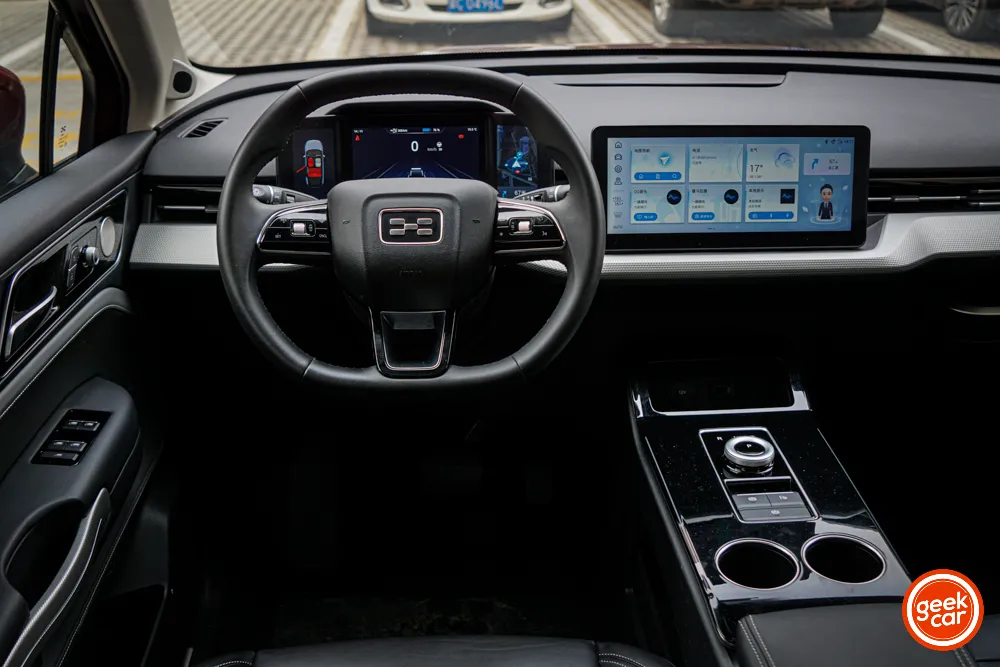
There are three interaction modes in the cabin: screen touch, voice interaction and physical buttons.
The center console is very simple. Except for the buttons on the steering wheel, there are no other physical buttons to control the car system. The operation of the whole car system is mainly through touch and voice.
Instrument panel
The three-folding instrument panel is not a whole screen, but is composed of three small screens. The left and right sides are 4.2-inch screens with a resolution of 272480 each, and the middle is a 7-inch screen with a resolution of 800480. The underlying hardware of the instrument panel uses NXP i.MX6D.
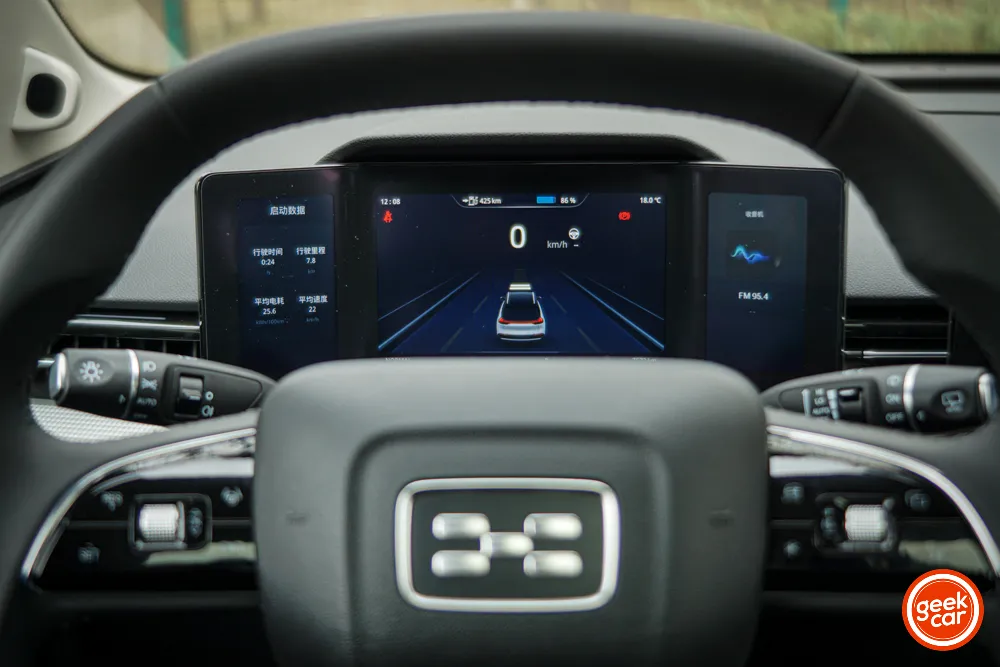
The left screen is used to display post-start data and door status. The middle screen is used to display driving information, range and mileage information, and driving assistance visualization. The middle screen can be switched between three display modes through steering wheel buttons:
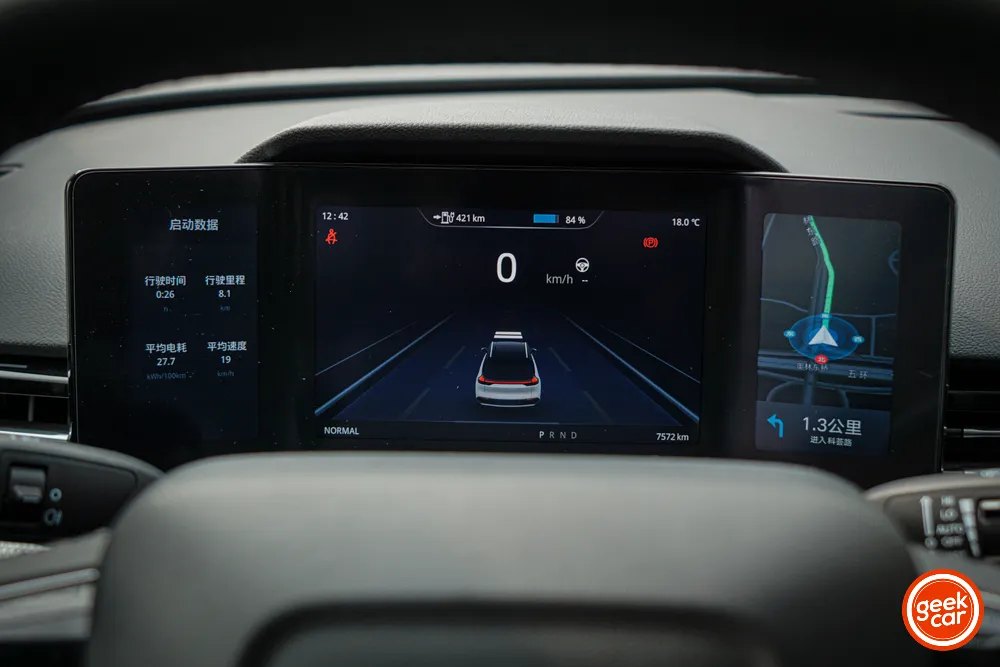
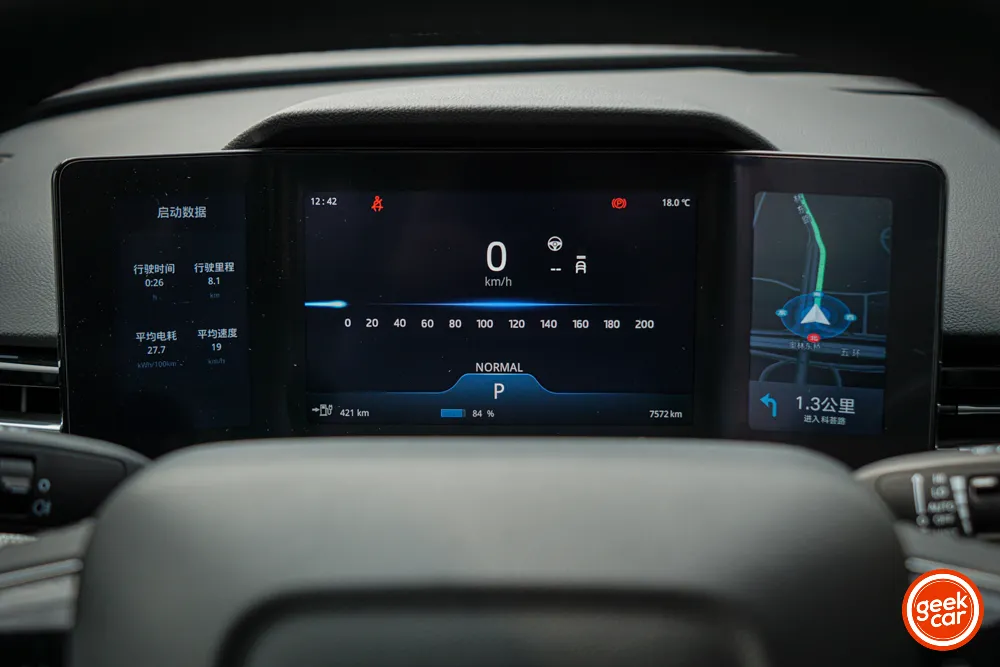
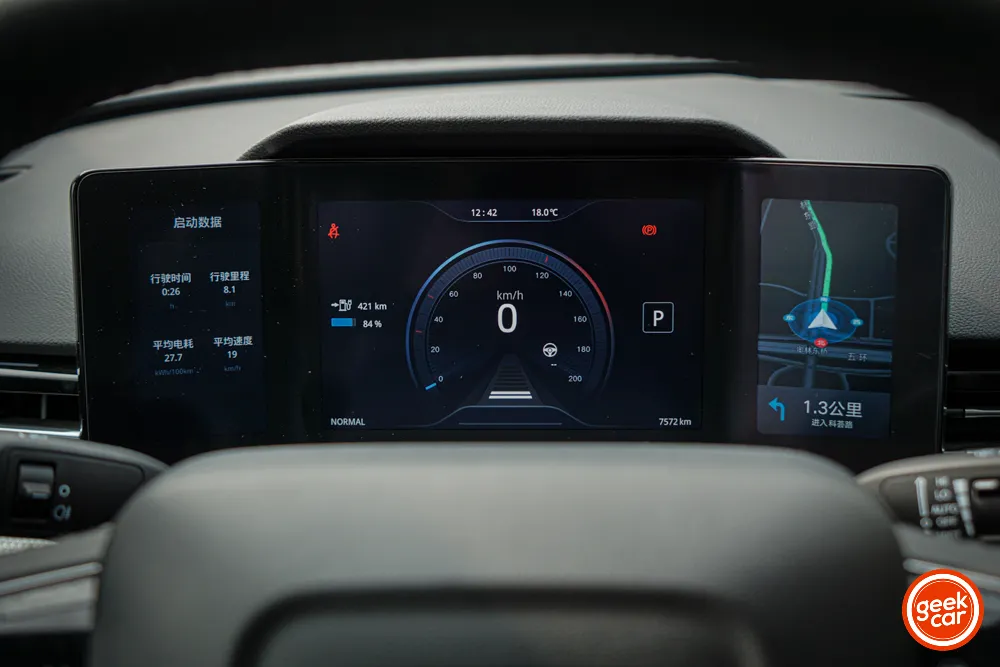
The small screen on the right displays the multimedia information of the vehicle in the normal state. After the navigation path starts to guide, the small screen on the right will display the navigation information.
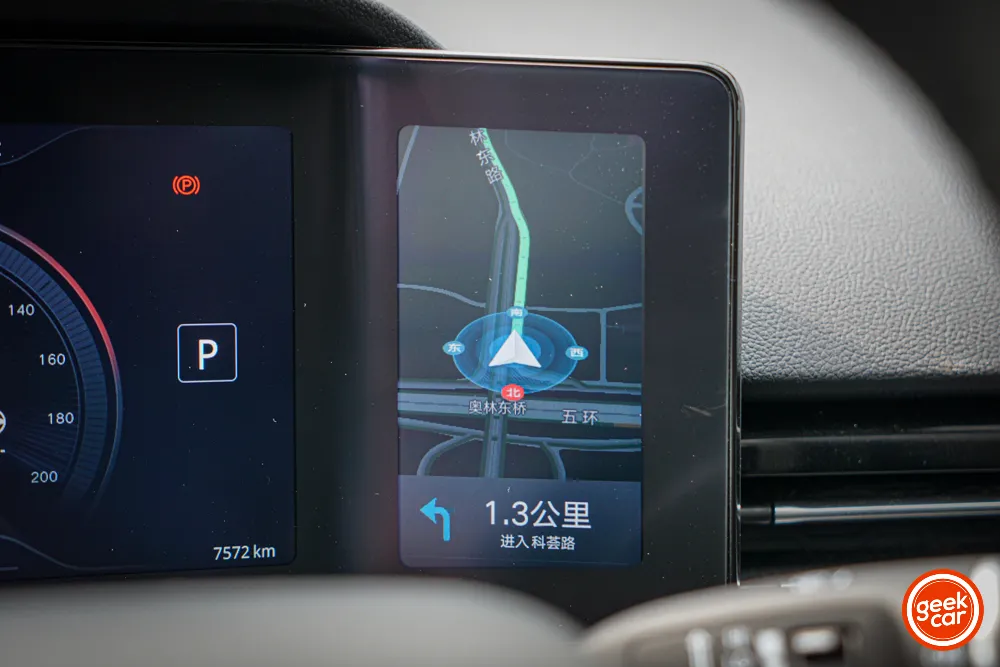
In fact, the design of Aiways U5 Pro’s three-fold LCD instrument panel is more like a “simple version of a curved screen”. Because the design of the small screens on both sides is biased towards the driver, which makes it easier for the driver to observe the distance of the three screens equally and obtain the required information while driving.
However, I think the size of the screens on both sides is too small. It is not convenient to display navigation information on the right side screen. Adding a “navigation mode” in the display mode of the middle 7-inch screen will be more convenient.
Central Control Screen
The 12.3-inch central control screen has a resolution of 1920*720, and the display clarity is still good. The bottom layer hardware of the central control screen adopts NXP Freescale i.MX6Q and is equipped with Aiways AI-OS system.
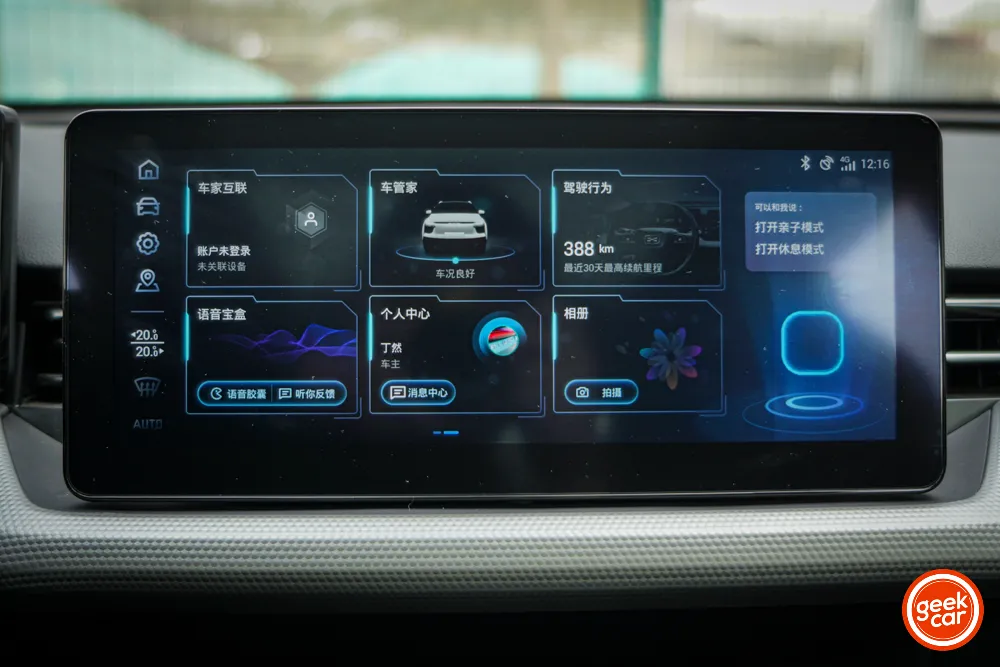
The overall interaction logic of this system is relatively simple. Commonly used applications such as map navigation, telephone, QQ music, Himalayas, car-home connectivity, and personal center are displayed in the form of cards in the two scrollable pages of the homepage.
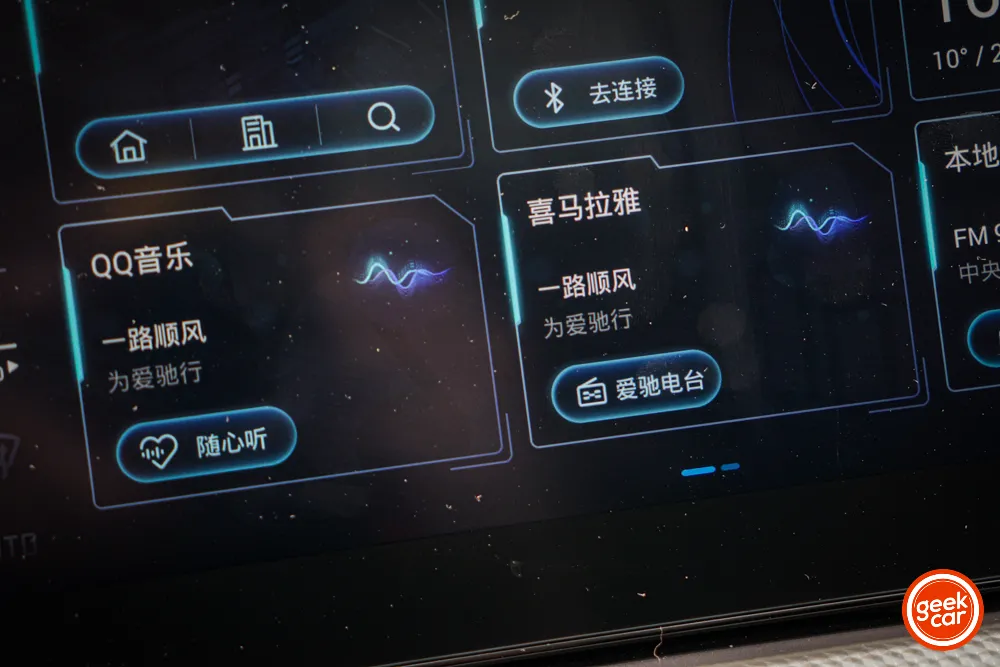
The leftmost docking bar can quickly enter functions such as vehicle settings, system settings, and air conditioning adjustment. In addition, there is a drop-down menu, which can quickly adjust common settings such as energy recovery, vehicle connection, display brightness, and volume.
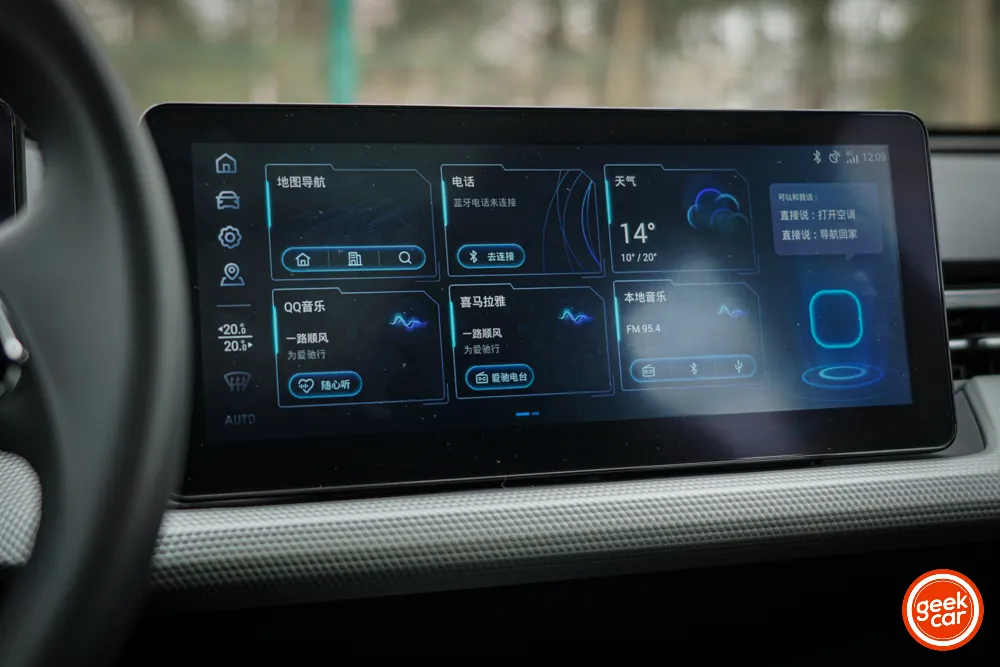
The central control screen also has two color theme modes of light and dark, which can be set according to user preferences. Subsequently, it can also be automatically switched according to environmental light such as sunrise and sunset in OTA.
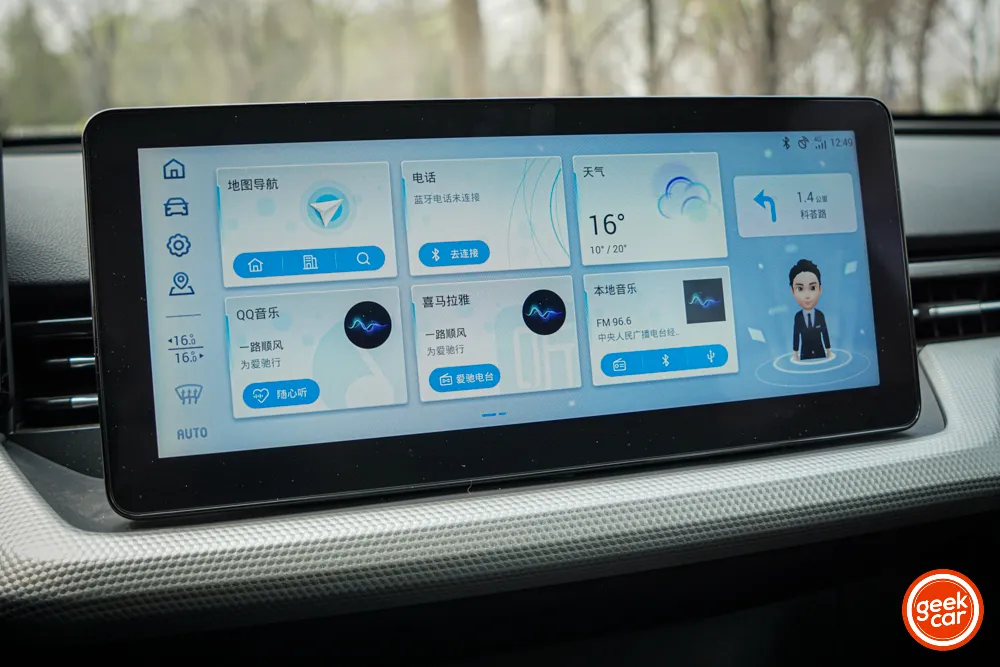
Services and Ecology
Map NavigationThe AI-OS system of Aiways vehicles does not directly integrate the car version software of Baidu Maps or Gaode Maps as other brands do. Instead, it has developed its own navigation system using mapping data from Navinfo.
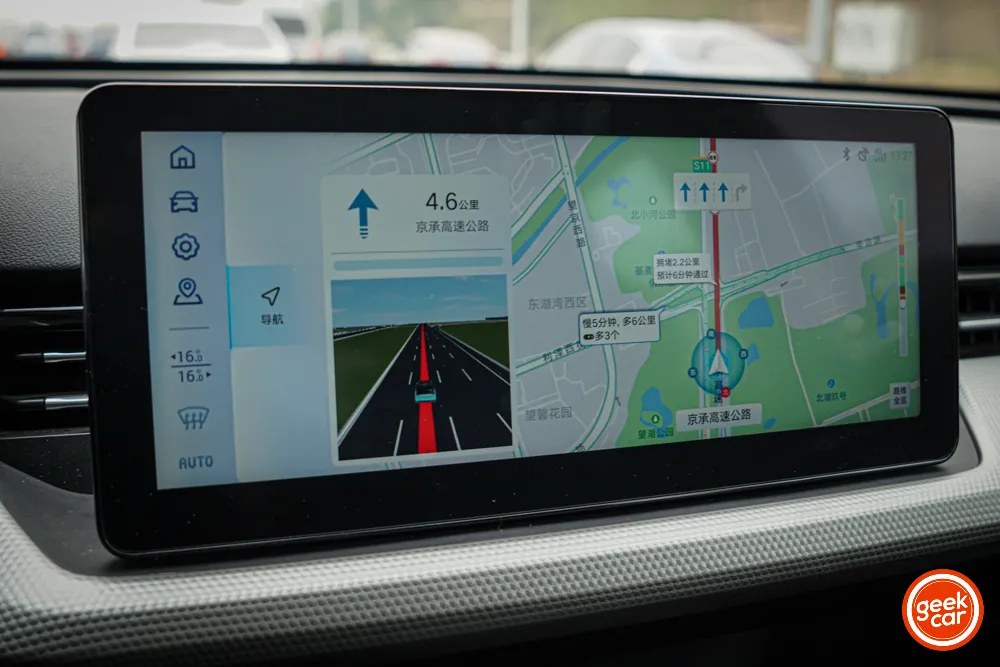
Overall, the navigation system provides a user experience similar to third-party navigation systems. We can set preferences for route options, avoid restricted roads, and select from three voice navigation modes: standard, concise and silent. It can also provide reminders for electronic eye detectors, high-risk accident-prone roads, and speeding.
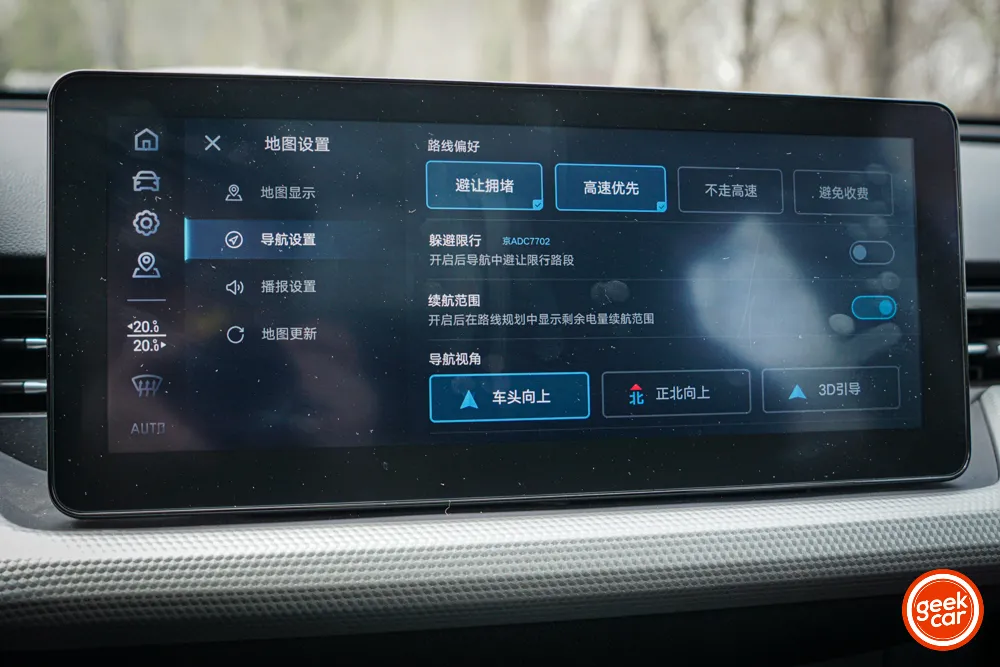
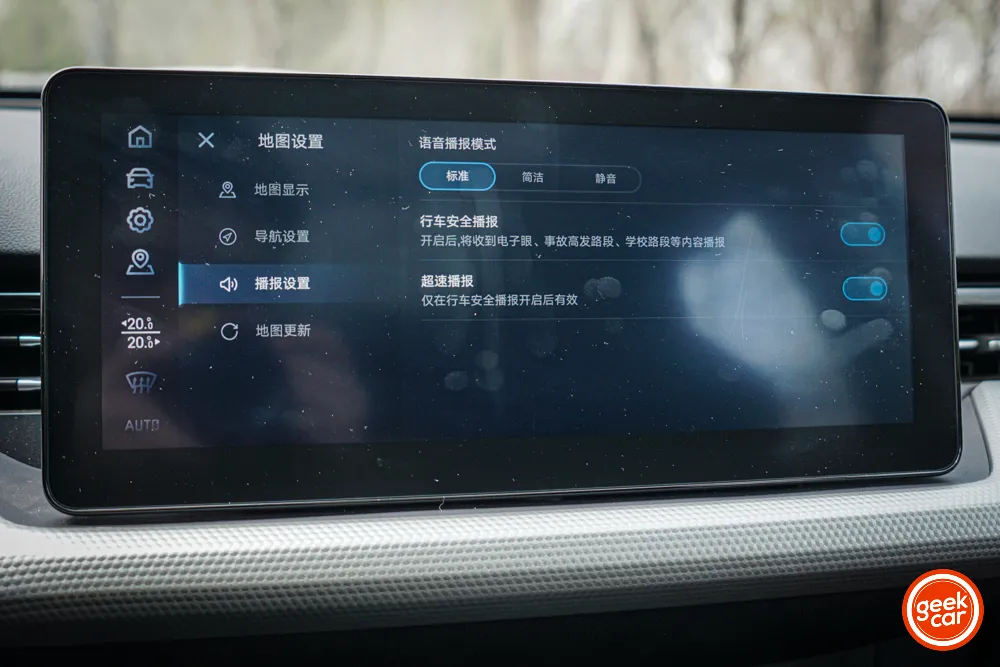
Voice Interaction
The Aiways U5 Pro is equipped with AI-Talking, an intelligent voice interaction system developed jointly by iFlytek and Aiways. It enables voice control of both the car’s software and hardware functions.
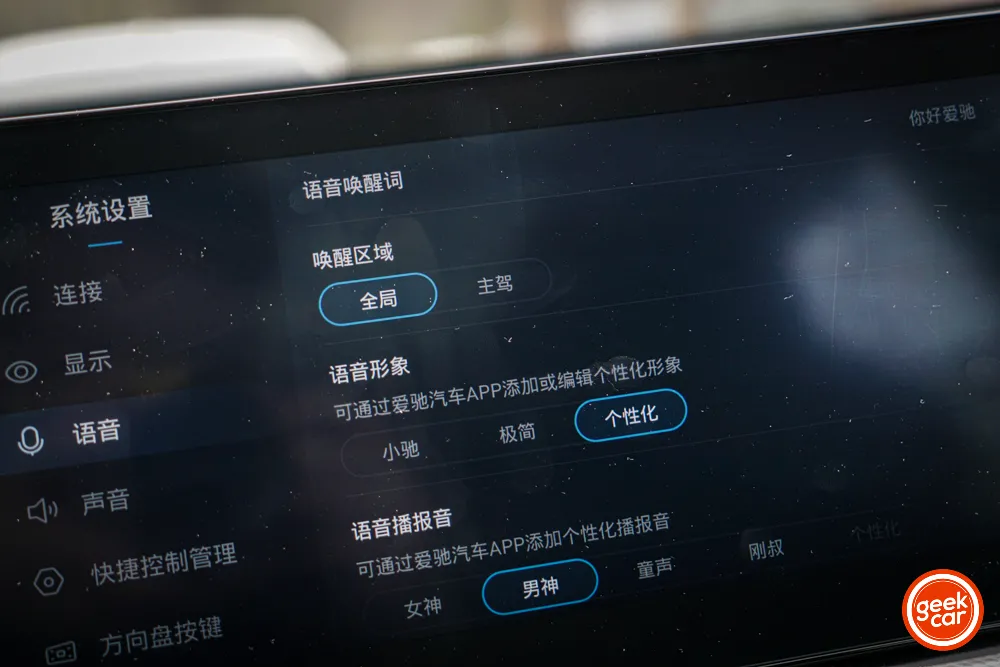
This voice interaction system supports recognition of the driver’s and front passenger’s voice zones. Users can set the voice zone recognition mode in the system settings. It also supports hands-free activation for eight seconds and multi-round interaction within the same hardware operation range. For example, if you set the temperature of the air conditioning unit via voice control, you can adjust the airflow directly within eight seconds without calling out the system again.
In addition to basic voice control, the Aiways U5 Pro offers several “one-click startup scenarios” that can be activated by voice. For example, you can say “Activate the rapid cooling mode” and the air conditioning settings will be adjusted to the lowest temperature and highest airflow.
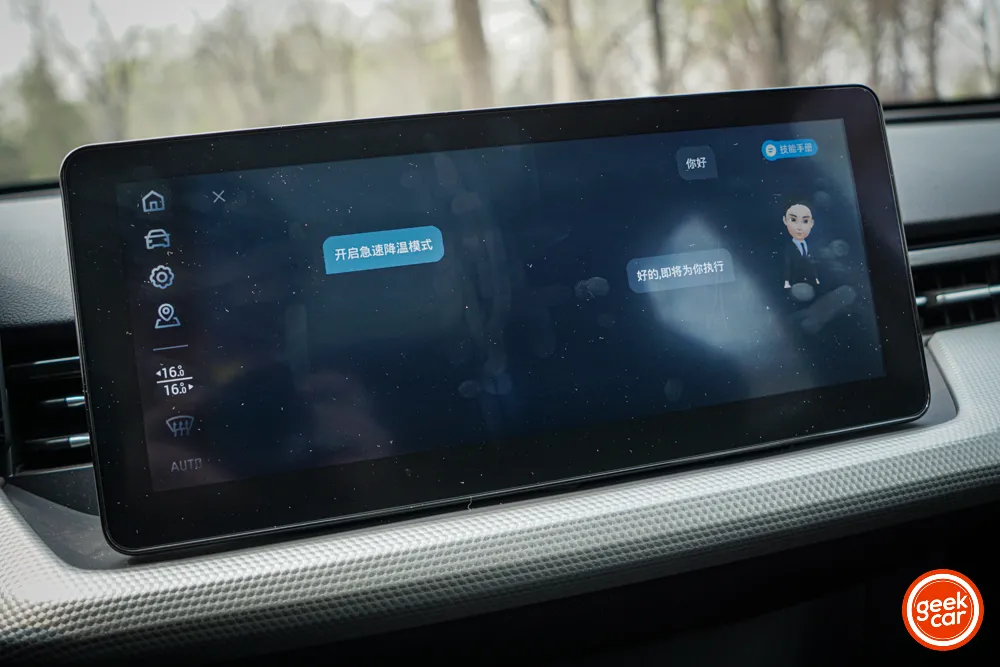
Aside from basic voice controls, personalized voice and assistant settings can be customized via the smartphone app. Users can record themselves or others speaking through the app. This process takes about 5 minutes to record 20 segments of text instructions which are compiled, synthetized, and sent to the car’s onboard system through the cloud.
In addition to personalized sound, the image of a voice assistant can also be customized. You can modify options such as the skin tone, facial details, and clothing to configure an image that you like.

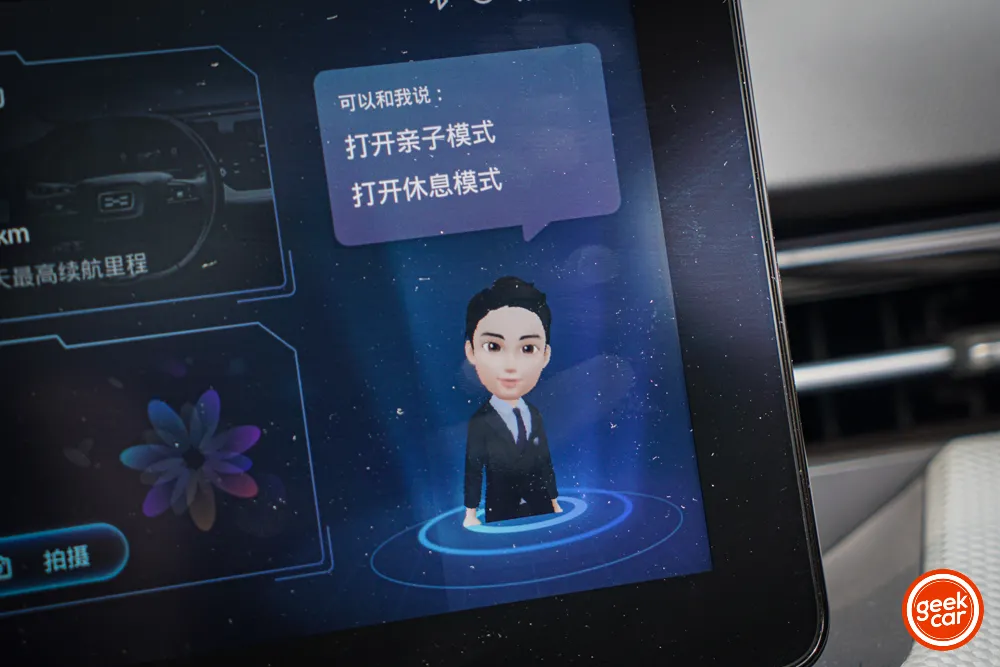
Of course, for the overall experience of voice interaction, personalized options are like bonus questions in an exam, while basic voice operation is the “required question” in the exam.
For these “required questions,” the accuracy of the i-Cruise U5 Pro voice recognition is high with multiple executable functions. It also has the ability to understand natural language, engage in multi-round interactions, enable non-wake-up interactions, and process complex information. However, its weakness lies in the slightly delayed voice recognition speed.
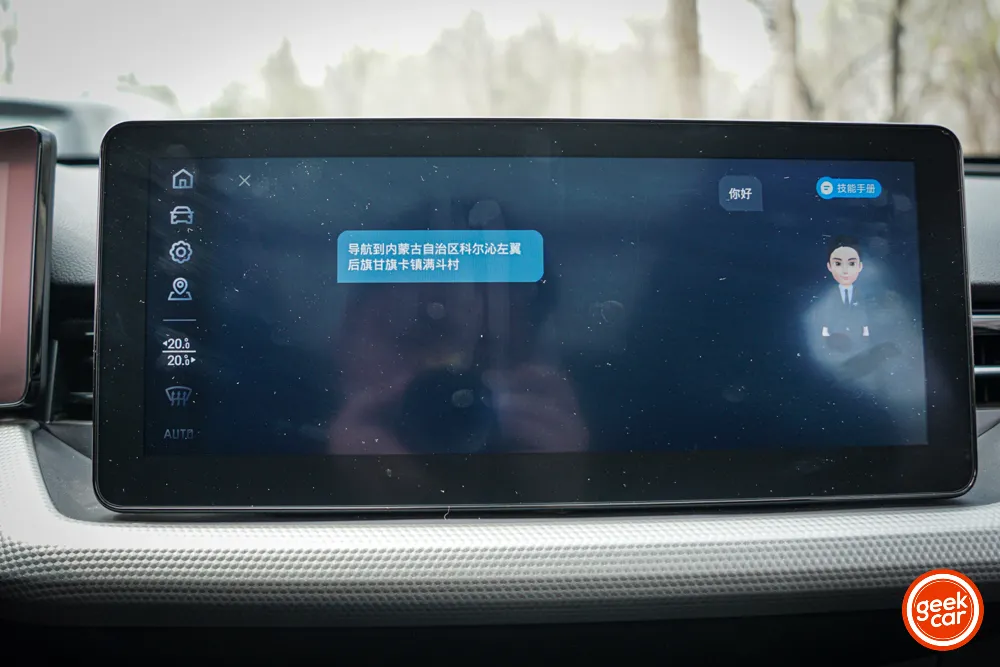
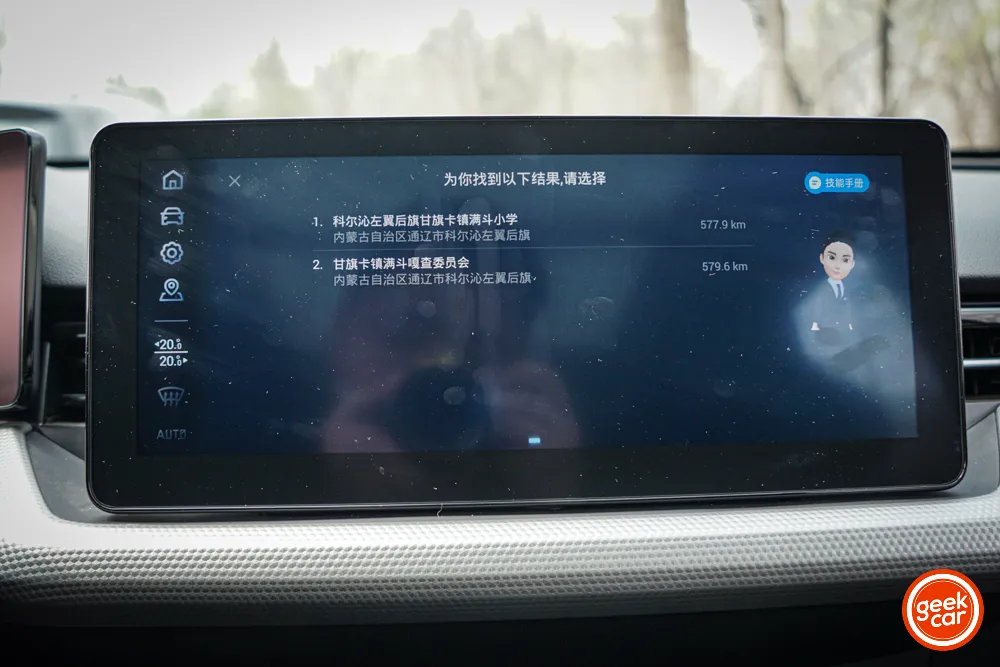
Content Ecology
The i-Cruise U5 Pro’s networked application ecology includes Himalaya, QQ Music, and JD Fish Smart Home. In addition to regular categorized content and VIP lossless resources, i-Cruise has also cooperated with Himalaya to customize the i-Cruise car owner radio station.
Since I did not find any related hardware resources for JD Fish Smart Home, I have not experienced its smart home services yet.
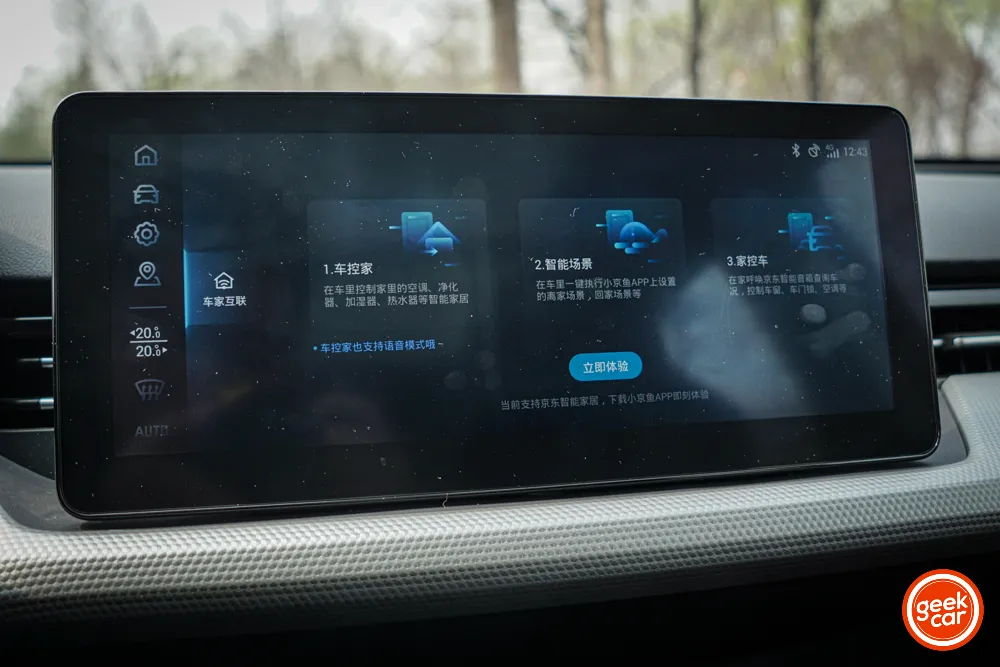
Vehicle Hardware Analysis
In the previous section, I mentioned that the underlying hardware for the dashboard and central control screen are the NXP i.MX6D and i.MX6Q, respectively. This series of products is equipped with the Cortex-A9 processor:
-
The i.MX6D, or i.MX6Dual, is mainly responsible for graphics processing and display output, and is equipped with a dual-core Cortex-A9 processor;
-
The i.MX6Q, or i.MX6Quad, is mainly responsible for high-performance processing of the operating system and is equipped with a quad-core Cortex-A9 processor.In our previous experiences with car models, there is also a car model that chooses to adopt the NXP Freescale series platform, which is the Ford sixth-generation Explorer. The iMX8 series by NXP Freescale is installed on this car, which features a quad-core Cortex-A53 processor and has stronger computing capabilities than the Cortex-A9 processor used in traditional brands’ Ford sixth-generation Explorers.
Cabin Layout and Design
Overall, the cabin of the Aiways U5 Pro does not have complicated physical buttons, and the interior lines are straight, presenting a rugged and concise atmosphere.
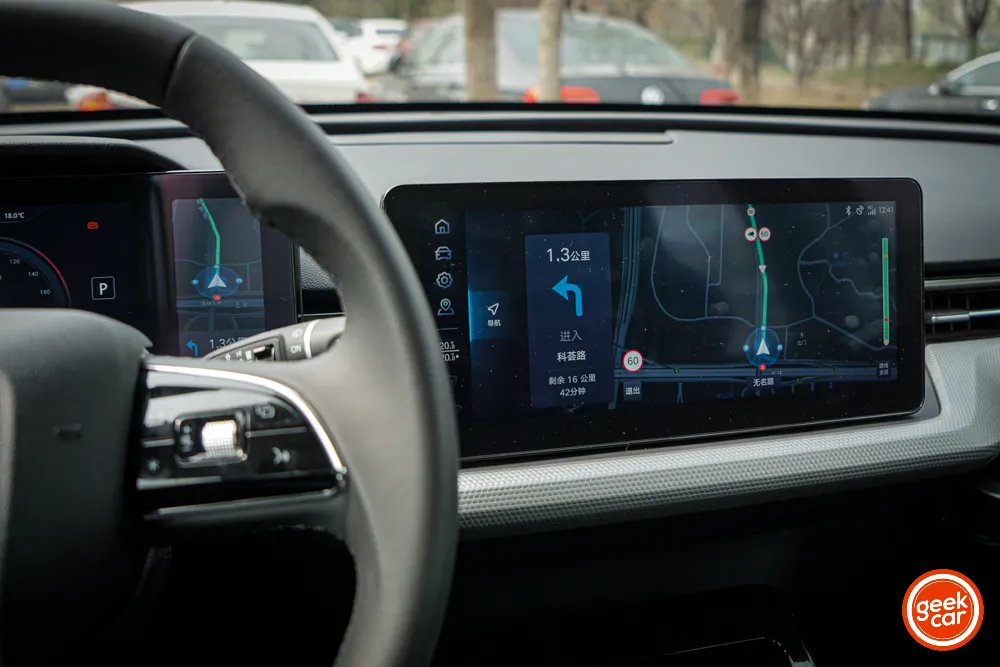
The front area of the passenger seat is a “co-creation space,” and the test-drive car is equipped with an air purifier. Co-creation accessories such as traditional glove boxes, first-aid kits, and storage bags can also be selected.
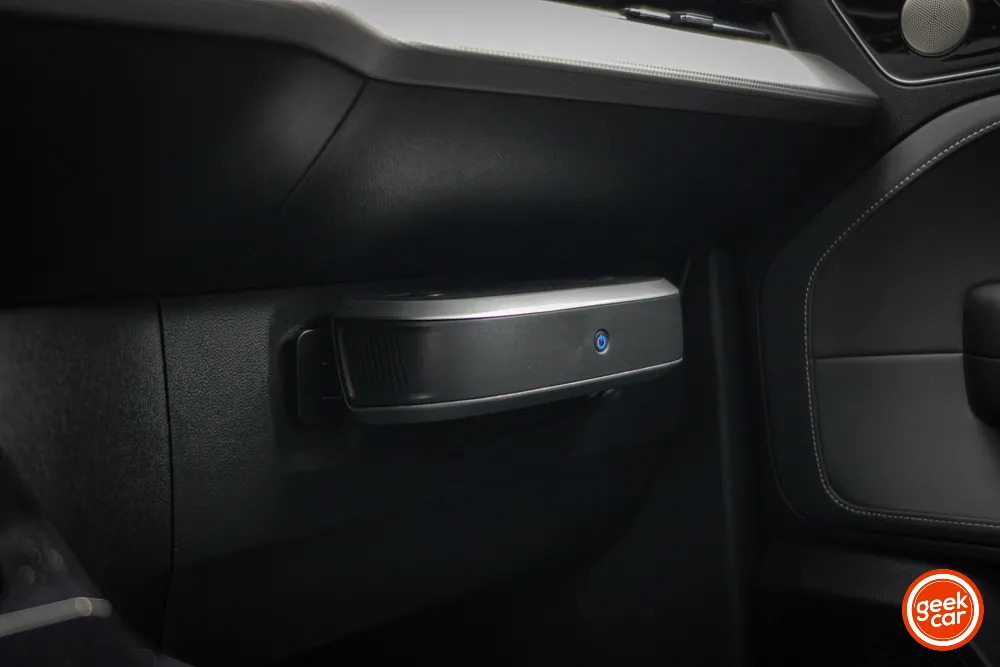
However, there are still three drawbacks to mention:
- There are too many noise points in the reverse image at night, which has a certain impact on the overall texture and sense of technology of the vehicle. Although it does not affect reversing into the garage too much, the experience is slightly worse;
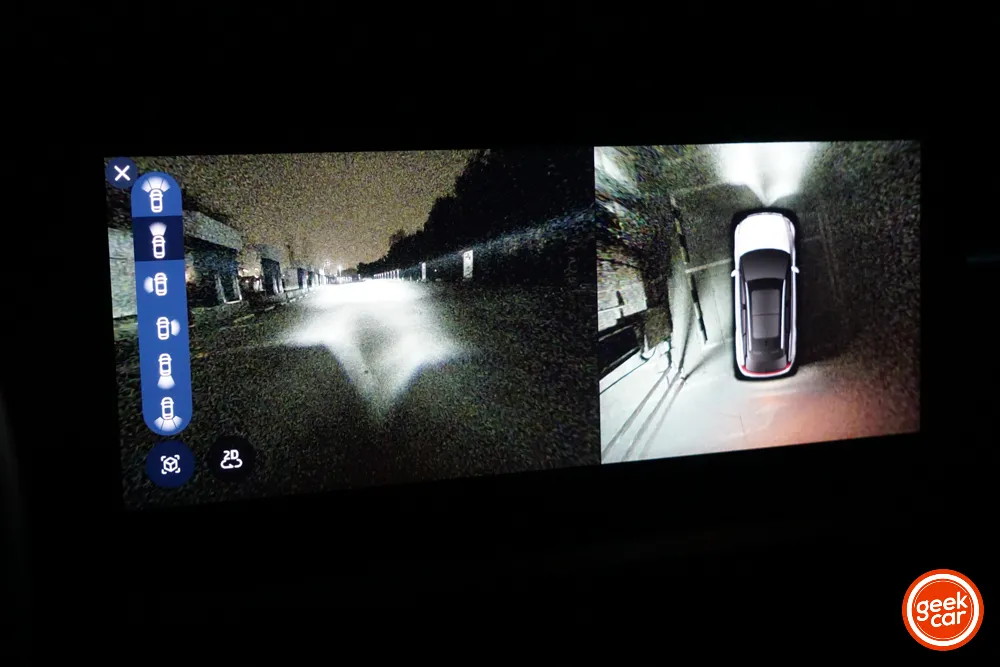
- The cup holder seems to have carved two holes out of the square-shaped center console, and the size is too small, making it impossible to place some sports drinks and tea drinks in the cup holder;
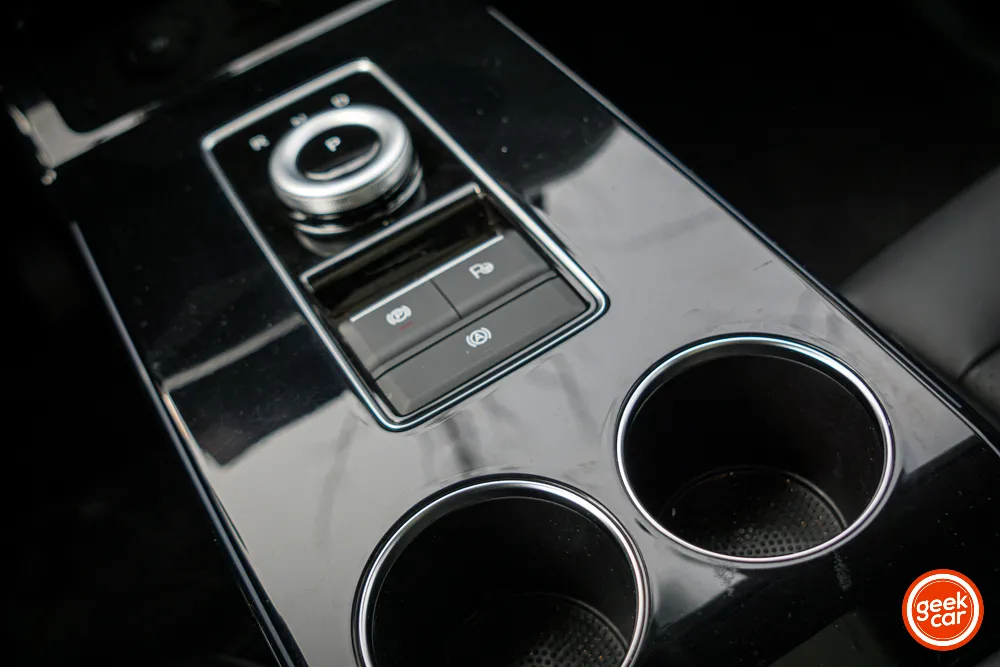
- The car relies too much on voice control and screen touch, and there are no physical buttons for the sunroof and sunshade, which makes the operation of what could have been a one-key, blind operation more complicated.
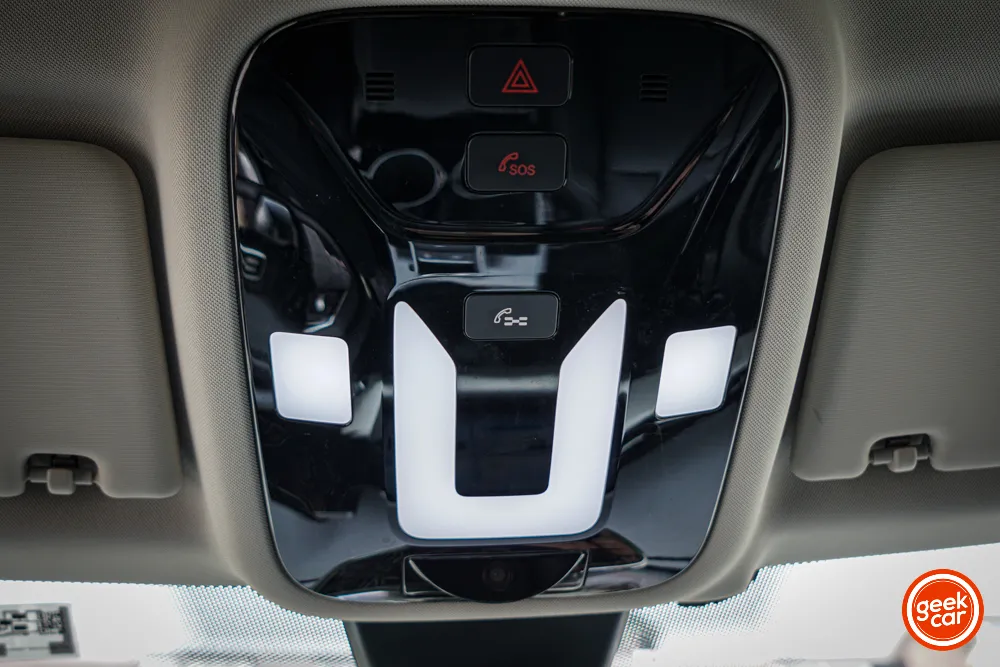
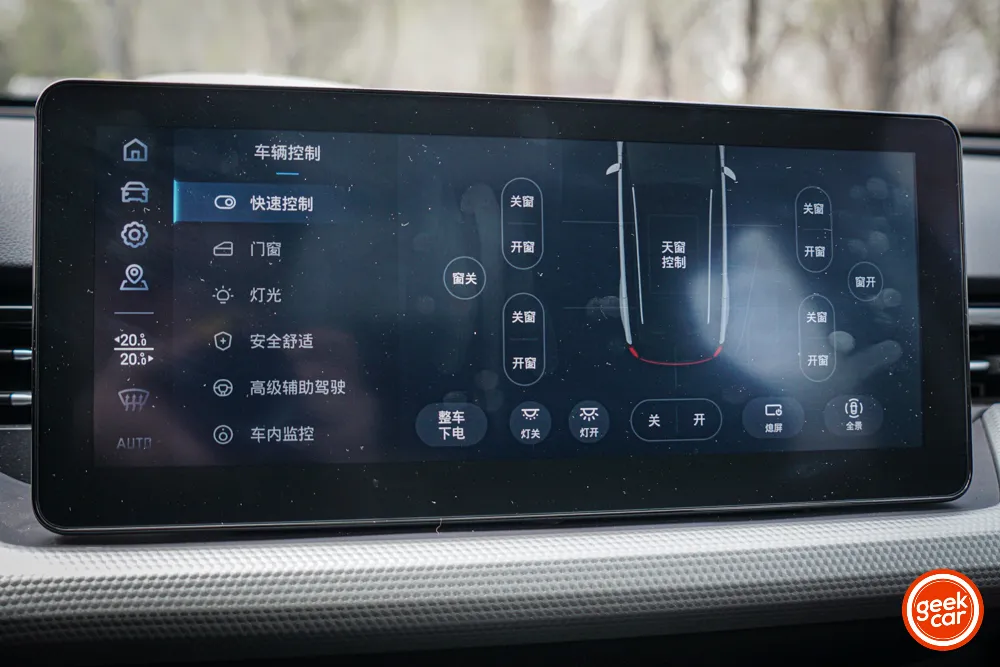
Finally
For users who buy new energy vehicles, they mostly belong to people who pursue freshness. This is precisely because new energy vehicles continuously innovate and experiment in driving experience, cabin interaction, and intelligent driving.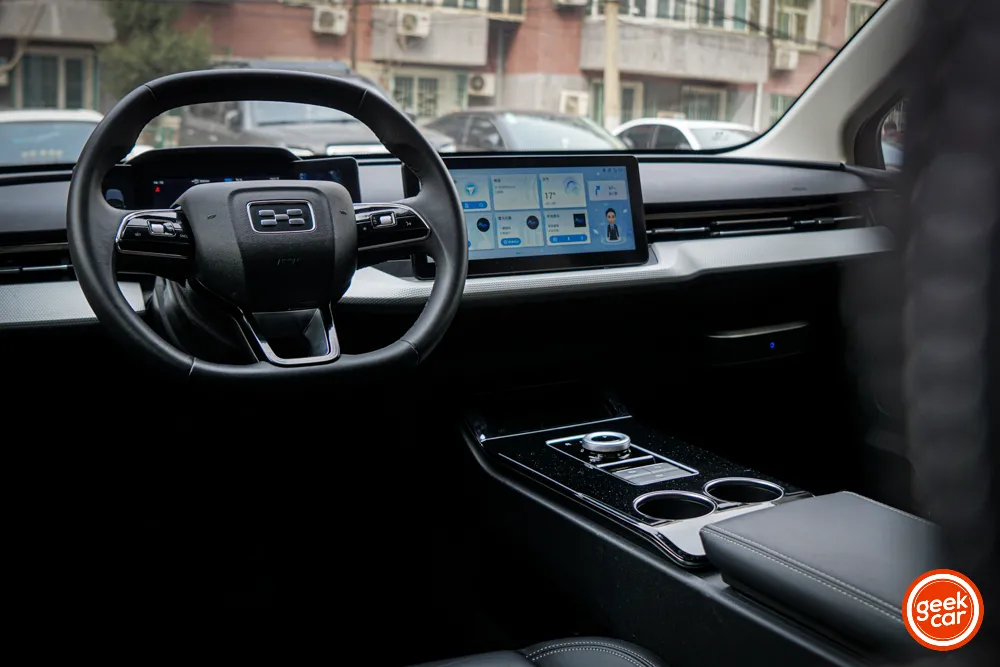
Of course, making the interaction simpler and more convenient is one of the development goals of smart cockpit. However, blindly pursuing simplicity may make certain functional experiences inconvenient, which is not worth the candle, just like the physical button of the sunroof.
The smart cockpit of Aiways U5 Pro has many commendable designs, especially the creative space, which provides users with more aftermarket equipment options for a better driving experience and creates more driving scenarios. The design of Aiways AI-OS system can also provide users with a decent interactive experience.
This article is a translation by ChatGPT of a Chinese report from 42HOW. If you have any questions about it, please email bd@42how.com.
